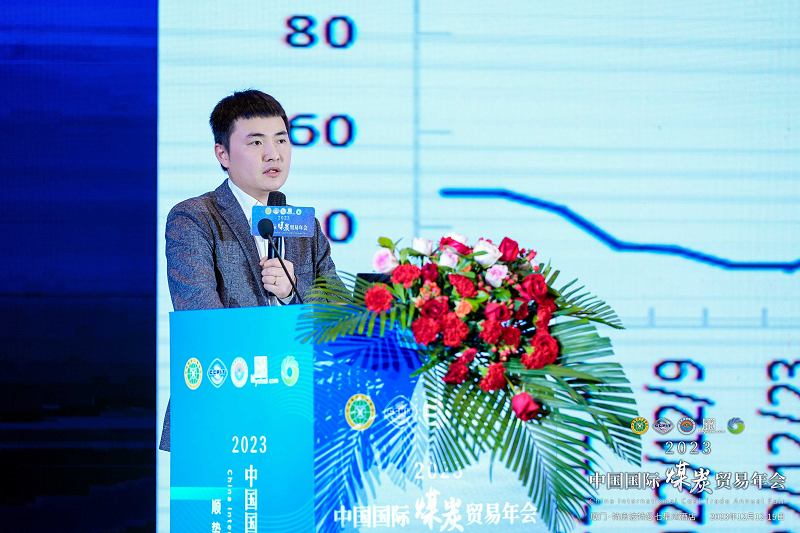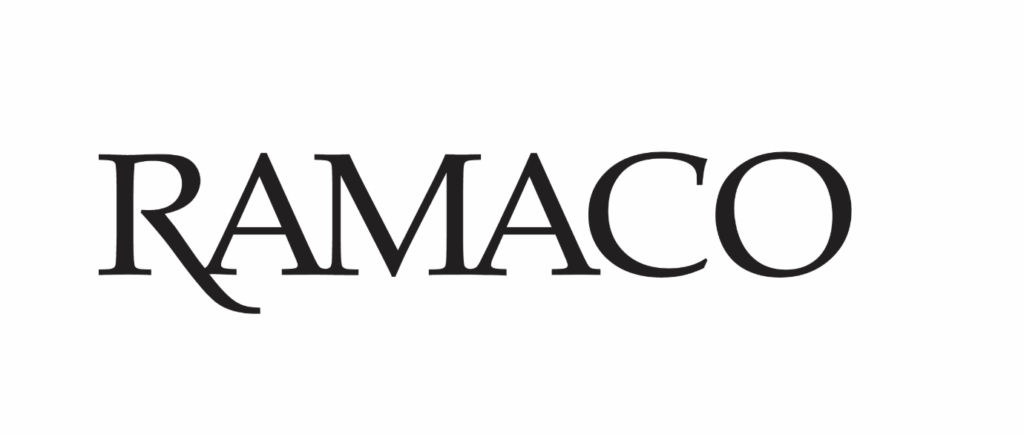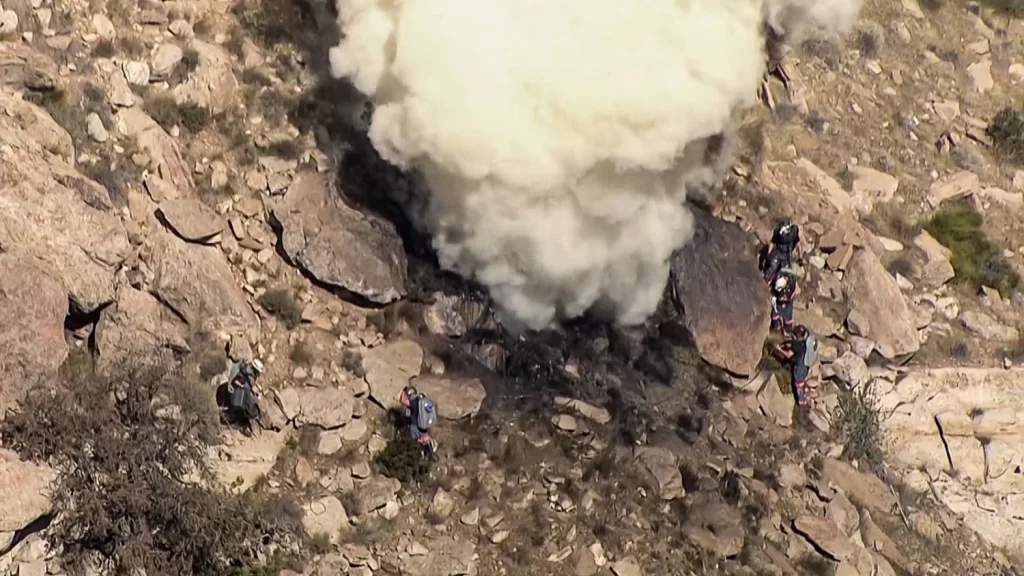China’s metallurgical coal imports are likely to edge higher and exceed 100 million tonnes in 2024, though the growth may be dwarfed compared to this year’s surge, Mysteel’s senior coal and coke analyst Xiong Chao predicted when addressing delegates at the China International Coal Trade Annual Conference in Xiamen in Southeast China’s Fujian on December 14.
This compares with Mysteel’s estimation of 97 million tonnes of coking coal imports for this year, meaning at least a 3.1% on-year rise could be seen for China’s coking coal imports in 2024, Mysteel Global understands. China imported a total of 80.71 million tonnes of coking coal in the first ten months of this year, surging 56% on year, data from China’s General Administration of Customs (GACC) showed.

Xiong Chao, Mysteel’s senior coal and coke analyst
When projecting higher imports of coking coal in 2024, Xiong explained that Chinese users will need to seek additional cargoes from overseas markets, as their demand for the fuel may grow moderately alongside a slow recovery of the national economy next year while domestic coking coal production will likely remain capped by stringent safety checks.
“Beijing’s tough attitude towards concealment of any coal mine accidents may extend into next year, which will force miners to keep their production under the designed capacity instead of operating beyond capacity like they previously did,” Xiong Chao said at the conference.
Since July this year, China’s campaign to stringently investigate under-reported mining accidents across the country has led to a clear contraction of domestic coking coal output. The tightened met coal supply, together with recovered hot metal output at steel mills, has buoyed domestic coking coal prices to revise up quickly from the previous lows in mid-year, Mysteel Global notes.
In 2024, Mongolia and Russia, China’s two largest coking coal suppliers, will mainly contribute to the increment in China’s coking coal imports, Xiong added. Specifically, China will see coking coal deliveries from Russia grow to 30 million tonnes and those from Mongolia reach 55-60 million tonnes next year, Xiong predicted while answering questions during the conference.
As per the GACC data, China’s coking coal imports from Russia jumped 27% on year over January-October this year, while the import volume from Mongolia even soared 116% compared to the same period last year.
“Despite the possible increase in imports, China’s overall coking coal availability may still maintain a tight balance with demand next year,” Xiong stated, adding that domestic coking coal prices could sustain upward strength in the coming year.
For downstream coke and steel firms, they may continue to adopt the strategy of keeping feed coal stocks at low levels next year as they may not see their profit margins recover significantly, according to Xiong. And this could limit upward room for coking coal prices, he added.
China’s coke market may see still-meagre profitability next year as a net increase of 9.78 million tonnes/year of coke production capacity, mostly in North China’s Shanxi province, is expected for 2024 against the backdrop that a total of 568 million t/y of existing coke capacity by December 8 this year has demonstrated a supply glut of coke in China, Xiong predicted.
In this view, China will likely see continuous fallbacks in coke prices while its coking coal prices may stay upbeat in 2024, Mysteel Global understands.








